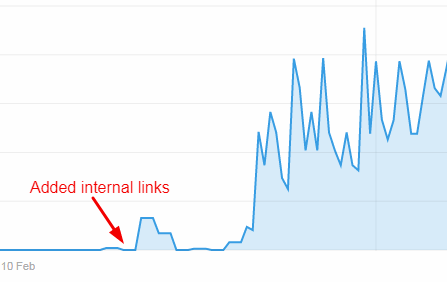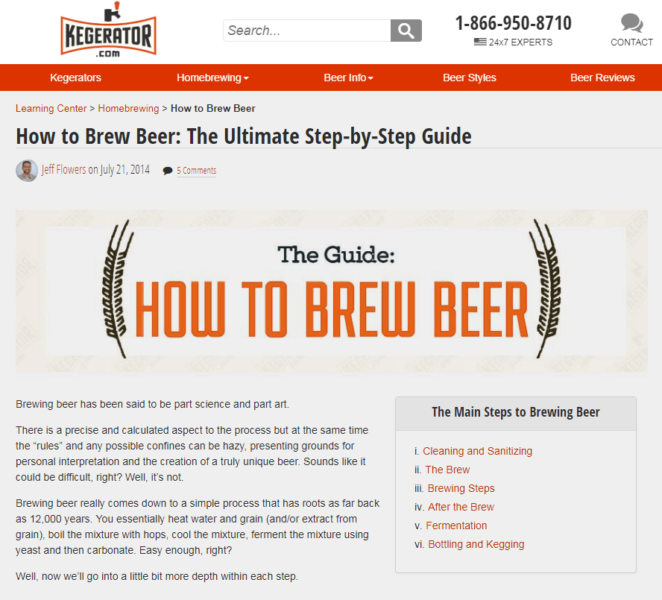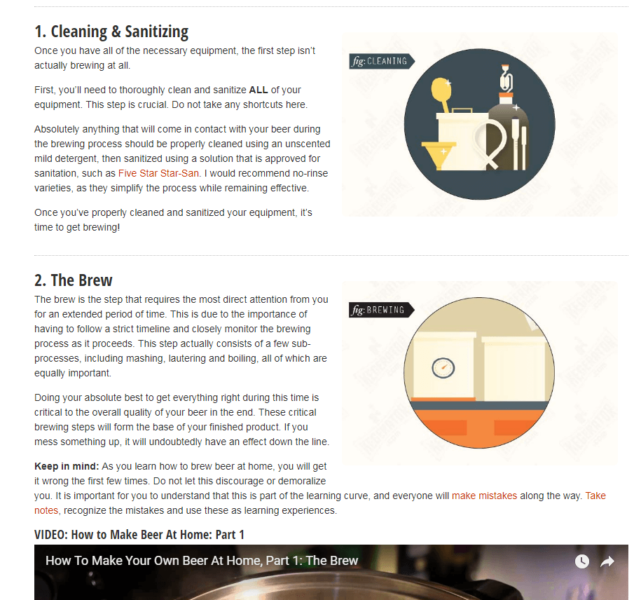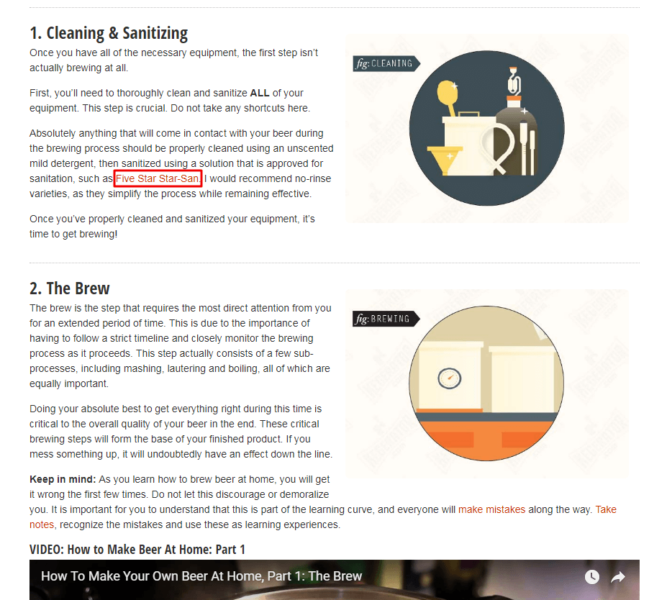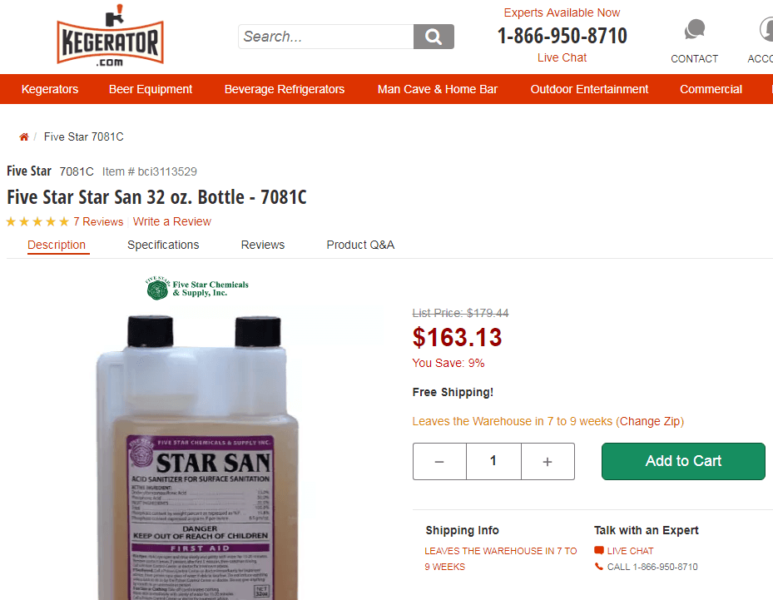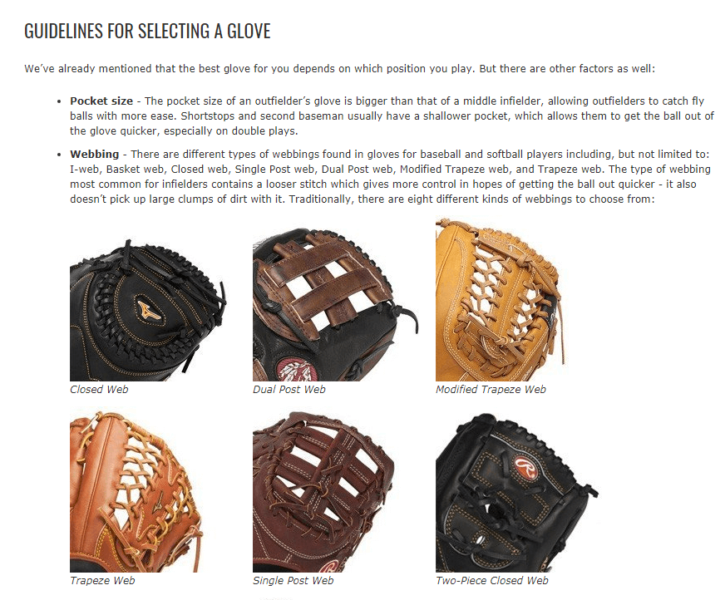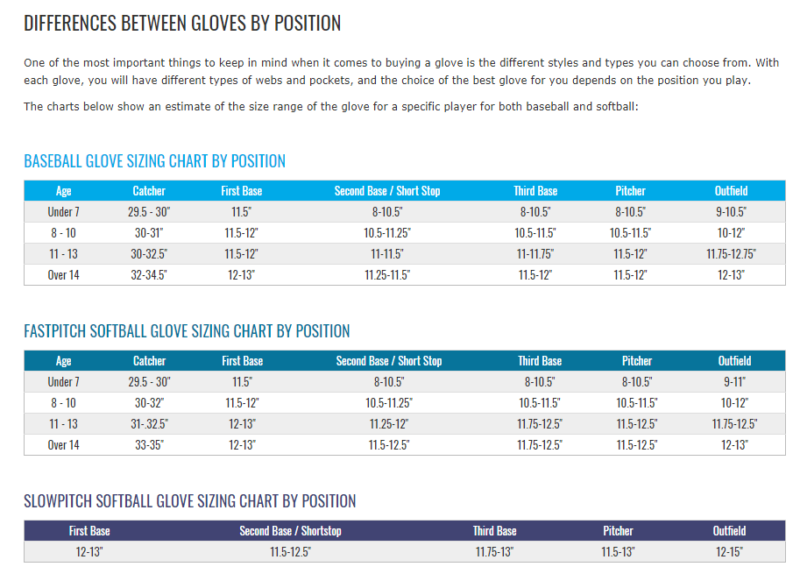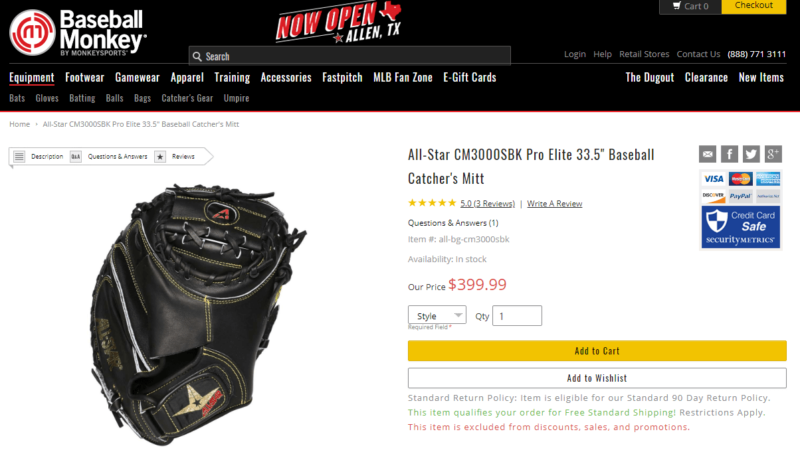Internal links: Link building’s secret sauce
Contributor Andrew Dennis explains why you shouldn't overlook internal links on your site: They leverage link equity from external links and direct organic visitors to important, converting pages.
 I’ve been writing about link building for years now. On more than one occasion, I’ve had to dispel the idea that link acquisition has a magic button you can simply push and earn links.
I’ve been writing about link building for years now. On more than one occasion, I’ve had to dispel the idea that link acquisition has a magic button you can simply push and earn links.
I’ve heard countless clients ask me at Page One Power (my company) to ” just get us some links” and we constantly have to explain that’s not how it works.
While the process of link acquisition can be simple, securing quality links is not always so simple. Everyone struggles with this, but we’ve found, after many campaigns, that there is a “secret sauce” that helps us acquire more links.
So what is the big secret? Internal links.
Yes, I know, not a sexy answer, but it’s true. An optimized internal linking structure is critical to link-building success.
Internal links won’t make securing external links easier, but they absolutely will make the links you earn more powerful for your site.
Directing link equity
Internal work works as a magic bullet for link building by directing much-needed link equity to pages that are inherently less likely to earn links.
The pages that struggle to earn links are typically the most important pages on your site: product and category pages. While you value your product pages and think they’re important, that doesn’t mean other sites value them. Since these pages are self-serving, they don’t offer the type of value that compels other sites to link.
Pages that serve as linkable assets for link-building campaigns possess one or more of the following characteristics:
- Informational or educational in nature (guides, how-tos, case studies).
- Entertaining and engaging (infographics, data visualizations, quizzes).
- Utilitarian and useful (tools and calculators).
- Newsworthy or timely (breaking news, industry coverage, interviews).
Linkable pages tend to live in the top to middle portions of the marketing funnel, where people are still searching for information rather than looking to make a purchase. These pages work well as target pages in link-building campaigns, since they offer value to another site’s audience.
The most difficult aspect of link building is convincing another site owner to willingly direct visitors away from their site, which is essentially what a link does. Webmasters need to believe it’s in their readers’ best interest to have direct access to your page, so it rarely makes sense to send their readers to a product page.
This is where the magic of internal linking comes into play.
Using internal links, you can direct link equity from popular pages to the important, conversion-oriented pages on your site.
While the link equity is diminished slightly as it flows through an internal link, the internally linked page still benefits from the external link.
We’ve seen the power of internal links firsthand: Here is a graph that shows organic traffic for a new service page we recently launched:
The major gains in traffic coincide with the addition of two internal links from our two most popular (in terms of backlinks) pages. These gains were made before we even started pursuing external link opportunities for our page, and during the time frame represented above, we had secured a single external link — the power of internal links is real.
Internal link direct visitors
Linking internally throughout your site allows you to direct visitors to important pages as well.
Channeling the flow of internal link equity to your converting pages is critical for search visibility and user interaction. You want to make it as easy as possible for people to find and navigate to your product and services pages, internal links do this by helping people navigate your site.
If you’re earning worthwhile links, your informational pages will be visible in organic search and capture relevant traffic. Once these people come to your site, you need to make sure they have a clear pathway to your important pages. In fact, as you select target pages for link building, you should also be mindful of the customer journey on your site and add internal links accordingly.
Internal links help signal importance to search engines, but they also tell users where they can find specific information or pages on your site.
You want the anchor text on your internal links to be descriptive and clear. Anchor text for internal links should be explicit about what page visitors will be taken to and entice them to explore your site further. If you want people to find your converting pages, make sure you’re linking to them appropriately throughout your site.
Internal link examples
Now that I’ve highlighted the main reasons internal links are so important, I want to show a few examples from the web where sites get internal linking right. For my examples, I’ll analyze sites in spaces that represent a couple of my favorite things: beer and sports.
Starting with the beer example, here is a guide on how to brew beer from Kegerator.com:
This is an informational page with a lot of depth. There are six detailed sections in all. As I scroll down the guide page, I can also see this is a well-designed page with vibrant imagery and video:
This is a page other site owners would willingly link to because it offers value. With the right process, promoting this page for links should be very successful.
But what about internal links? How does Kegerator get maximum value out of any links built to this page? Well, all we have to do is look at that previous image, and we can see it has an internal link:
The anchor text here explicitly states the product’s name and gives the reader a clear indication of what to expect when they click the link.
And what do you know? This link points to a page where Kegerator sells the sanitizer:
This is an excellent example of using a linkable page to drive visitors and link equity to a conversion page.
In our second example, I’m going to look at a baseball glove buying guide from BaseballMonkey.com:
Again, this looks like a solid, informational page. Scrolling down, I’m quickly shown helpful images of the different types of webbing options:
This is another page that I would confidently tag as highly linkable. Features such as this sizing chart could be leveraged to entice webmasters to link:
So, how does Baseball Monkey do in terms of internal linking? Great: Toward the bottom of the page, after they’ve informed the reader about all the criteria to consider when buying a glove, they include internal links:
Again, these links point to converting pages:
These are some prime examples of how you can build a linkable asset that includes strategic internal links to funnel visitors and link equity to your product and service pages.
Securing external links is an essential part of search engine optimization (SEO), backlinks increase organic visibility, which earns more organic traffic.
However, don’t overlook internal links on your site that can leverage equity from external links, lift converting pages in search and direct organic visitors to those important pages.
Contributing authors are invited to create content for Search Engine Land and are chosen for their expertise and contribution to the search community. Our contributors work under the oversight of the editorial staff and contributions are checked for quality and relevance to our readers. The opinions they express are their own.
Related stories

